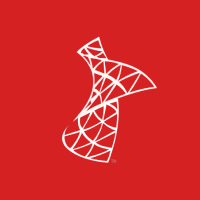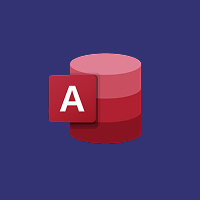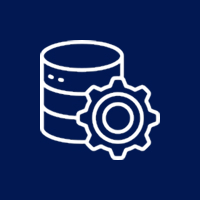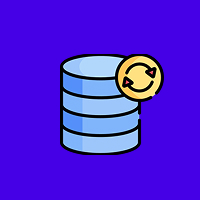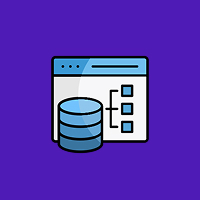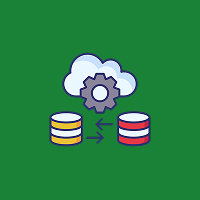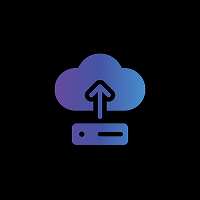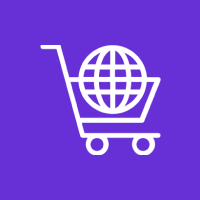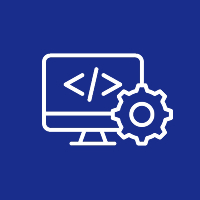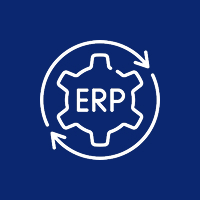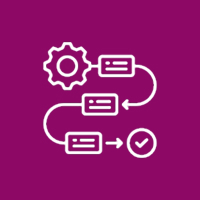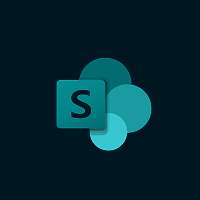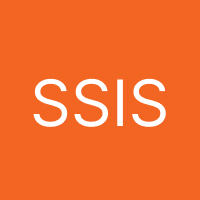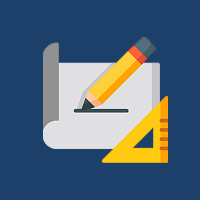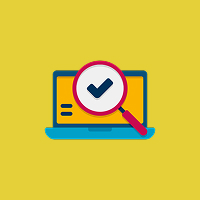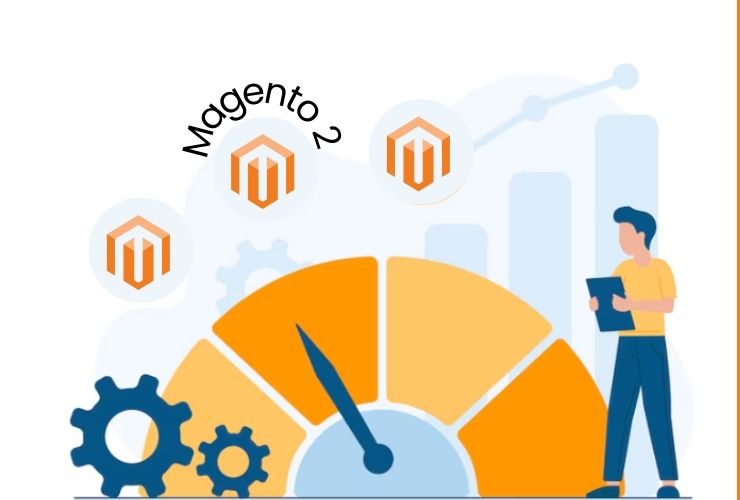In a world where cyberattacks and data breaches are on the rise, protecting your Laravel app is more crucial than ever. Though Laravel offers a robust and versatile framework for devs, making your application secure involves mastering the best practices to use.
1. Employ Strong Authentication and Authorization
Your Laravel application security begins with managing who has access to your system. Authentication and authorization are essential to securing user accounts and sensitive information.
Use Laravel’s Built-In Authentication System: Laravel comes with a good authentication system in place, including user login, registration, and password reset functionality.
Implement Strong Passwords: It is essential to implement strong password policies for all users. Strong passwords must be a mix of upper and lower case letters, numbers, and special characters. This can block unauthorized access to accounts.
Use Role-Based Access Control (RBAC): Not everyone should be able to access everything in your application. Use RBAC to restrict what various user roles can do within the application. This means only authorized people can access sensitive sections or take certain actions.
2. Update Dependencies and Laravel
One of the most effective ways to secure your application is to stay up to date with the latest Laravel releases and third-party package updates. Security vulnerabilities are often discovered in software packages, and keeping your application up to date ensures you’re protected from known threats.
Update Laravel Frequently: Laravel comes out with new releases frequently that contain bug fixes and security updates. Keeping your application updated allows you to be able to use the latest fixes and enhancements.
Update Dependencies: Similar to updating Laravel itself, third-party packages or libraries your application depends on also need to be updated periodically. Unpatched or outdated packages are a threat to your application’s security in the form of security exploits.
3. Sanitize User Inputs
User input is one of the most common ways in which an attacker gains access to your application or data. User input validation and sanitizing before it is consumed by your application will keep out many types of attacks, such as SQL injection and XSS.
Validate All Inputs: User inputs, such as form data or URL parameters, should be validated to ensure they match the expected format and values. This keeps malicious input from compromising your system.
Sanitize User Inputs: Sanitizing user inputs removes any potentially malicious characters or code before it is stored or used. This will keep issues like script injection, where attackers inject malicious code into your application, from happening.
4. Use HTTPS (SSL/TLS)
Encryption of communication between the server and the user is important in securing sensitive information like login credentials and personal data from interception by malicious parties. HTTPS (SSL/TLS) guarantees secure transmission of data.
Use SSL/TLS Certificates: Secure your Laravel application by obtaining and implementing an SSL/TLS certificate. This will make the data communicated between the server and the client encrypted, not readable by any attackers.
Enforce HTTPS: After configuring SSL, ensure enforcing HTTPS throughout your whole application. This will ensure all HTTP requests are redirected to HTTPS, thus all communication becomes encrypted and safe.
5. Implement CSRF Protection
Cross-Site Request Forgery (CSRF) is an attack in which an attacker fools an existing user into making a request that they don’t want to make. Laravel has CSRF protection built-in, but it’s crucial to make sure it’s properly configured and applied consistently throughout your application.
Enable CSRF Protection: Laravel automatically adds CSRF protection to all web forms. Have every form submission contain a CSRF token, which the server will verify to guarantee that the request came from a valid source.
Use the CSRF Token: Always add the CSRF token to your forms to avoid CSRF attacks. This token makes sure that the request is originating from a trusted user, not from an external attacker.
6. Protect Against XSS (Cross-Site Scripting)
Cross-Site Scripting (XSS) is an attack where attackers inject malicious scripts into web pages that are executed in users’ browsers. This helps attackers steal sensitive information such as session cookies or carry out malicious actions on the user’s behalf.
Escape Outputs: While displaying user-submitted content, always escape the content in order not to provide malicious scripts the opportunity of execution. This is highly essential for data such as search queries, profile information, and user comments.
Enforce Content Security Policy (CSP): A Content Security Policy (CSP) is a feature of the browser that can prevent XSS attacks by specifying which content sources are safe. By enabling a CSP, you limit the ability of hostile scripts to execute in your application.
7. Keep Sensitive Data in Secure Storage
Encrypt Sensitive Data: Encrypt all sensitive information you store. Laravel has support for an encryption mechanism where you can easily encrypt and decrypt information.
Hash Passwords: Always hash passwords prior to storing them within your database. Laravel features automatic password hashing through bcrypt by default, a safe hashing system which does not make it easy for passwords to be reversed.
Store API Keys Securely: If your app utilizes external APIs and services, make sure to store API keys and other sensitive credentials securely. Store them safely using environment variables and do not hardcode sensitive information in your codebase.
8. Audit and Monitor Logs
Monitoring and auditing your application logs is an important step in detecting potential security threats and breaches. Monitoring activity within your application enables you to respond quickly to security incidents.
Enable Logging: Laravel comes with built-in logging capabilities that record important information regarding errors, warnings, and events within your application.
Regularly Monitor Logs: Check your logs on a regular basis to catch suspicious activity, including frequent failed login attempts, strange user activity, or error messages that can signal vulnerabilities.
9. Rate Limiting and DDoS Protection
Distributed Denial of Service (DDoS) attacks can overwhelm your server and make your application unavailable to legitimate users. Applying rate limiting and other controls can help mitigate the impact of such attacks.
Rate Limiting: Implement rate limiting to restrict the amount of requests an individual can make to your application within a specific time frame. This stops attackers from flooding your server with malicious requests.
Use CAPTCHA: On login or registration forms, employing CAPTCHA (Completely Automated Public Turing test to tell Computers and Humans Apart) prevents bots from attempting to flood your system.
Conclusion
Laravel has powerful built-in capabilities for security, but developers must take responsibility for aggressively implementing these best practices to create a safe environment for users and their data.


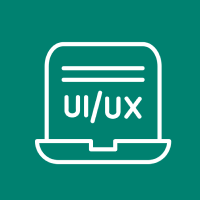
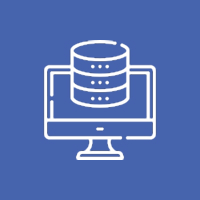
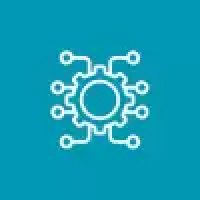



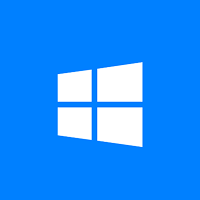
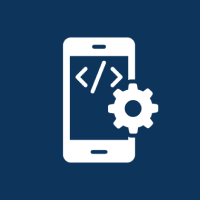



 Database Development
Database Development